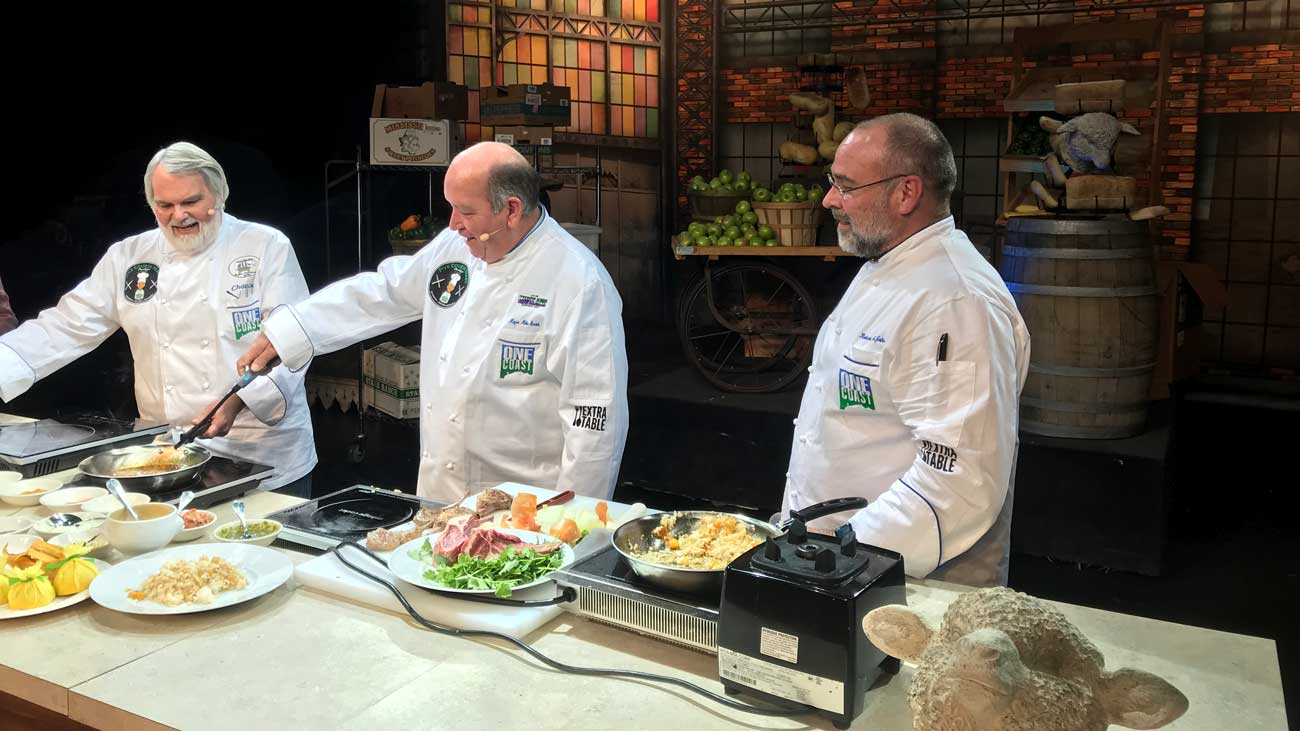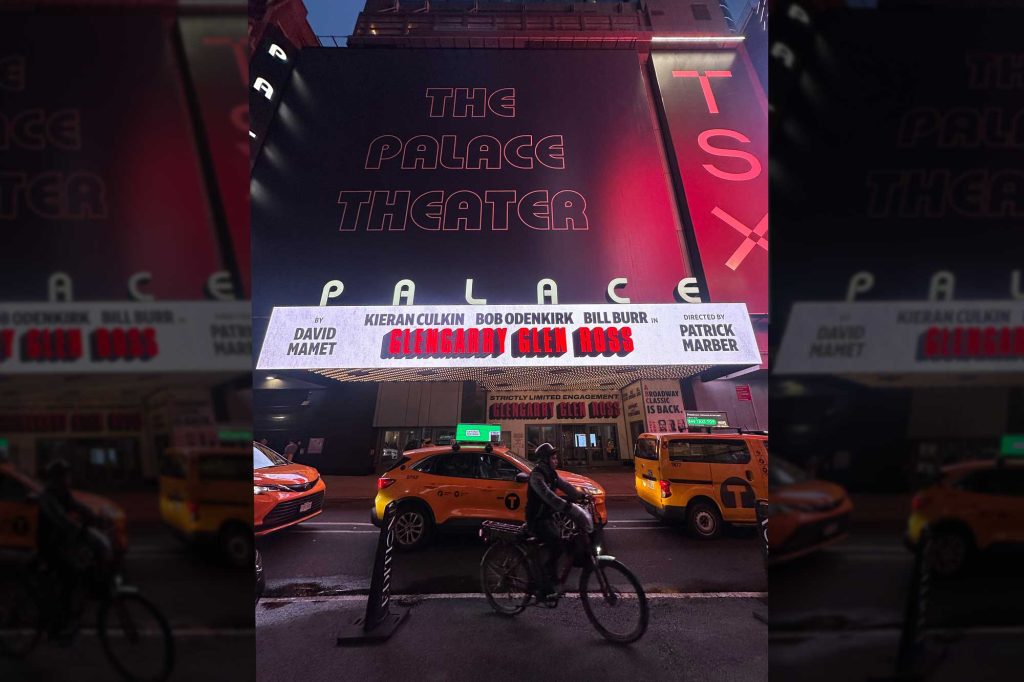The independent restaurant business is the occupational embodiment of the American dream and the industry of opportunity. For hundreds of years, first generation Greek, Italian, Asian, and Hispanic immigrants traveled to this country and opened small diners and cafés. They created the backbone of the restaurant industry that we know today. Three generations later their offspring are successfully operating multiple units and owe a lot to the grandmothers and grandfathers who started their businesses.
There aren’t many business models in America that afford an opening into the professional world like independent restaurants. I am a first-generation restaurateur, but my family is partially responsible for my entrée into the industry as I got my start in 1987 when I sold a small piece of land my grandfather willed to me and opened the Purple Parrot Café.
The independent restaurant business is one of the most accessible, multi-generational career models in existence. My son is too young to work with me, but many independents have several generations manning the stoves in restaurants, diners, and cafes all across the country.
I love restaurant success stories. It’s great to see someone with a heart full of dreams and a pocket full of passion start with a small idea and a deep-seeded work ethic, grow an idea into something tangible and successful. One of my favorite restaurants in Jackson, Miss., Spice Avenue, started in a small converted convenience store. The owners continually reinvested their profits and grew their business into a first-rate Indian restaurant. THAT is what the independent restaurant business is all about. THAT is the American dream.
The Strickland family in my hometown of Hattiesburg, Miss. is a prime example of growing a successful business with family members. In 1980, J.S. Strickland, a 28-year veteran of the grocery business, opened a small service station on the south side of town that served barbeque ribs and sandwiches. Over the years his business grew and it became apparent that the future of the store’s success was on the restaurant side and not in retail. In 1987, Strickland’s son, Ken took over the reins and moved the business to the newly thriving west side of town, not too far from the University of Southern Mississippi.
Ken Strickland, as his father did before him, grew the business slowly, building up the carryout and catering business, and then, after 10 years, began offering a buffet at lunch. Business boomed. Hickory wood smokers were added, more kitchen space was needed, dining rooms were expanded, and eventually, Ken’s sons— the third generation of Stricklands— began working in the business. Profits were put back into the business as it grew. Ken Strickland wasn’t investing in Wall Street, he was investing in himself— and his family.
That is where today’s story begins. In 2013 Ken’s son, Dustin Strickland opened up a small meat market next door to the main barbeque restaurant. Business was moderately brisk but he needed something to drive sales and supplement the income of the butcher shop. Sometimes the greatest ideas come from the most unexpected and unforeseen places. One of Dustin’s friends asked if he could process some deer sausage from a recent kill and he used the small, hand-cranked sausage press in the back of the butcher shop to fill the order. The deer sausage was excellent. Word spread, and in a matter of weeks deer hunters from all over South Mississippi were bringing their deer hindquarters and back straps into Strick’s to be processed.
Today, the small hand-cranked press has been replaced by a commercial sausage maker, coolers have been added, commercial smokers have been bought, the building has grown into a labyrinth of winding refrigerators, wood piles and smokers. Deer sausage is a seasonal business, but around this time of year Dustin Strickland is busy making several deer sausage varieties stuffed with jalapeño cheese, garlic, pepperjack cheese, Cajun spices, maple and brown sugar, and even pineapple.
The Strickland boys didn’t stop with several types of deer sausage. They also process— the classic deer-hunter go-to item— back-strap medallions. Dustin says that deer jerky is a big hit and they even make deer tamales. I am not a deer hunter, and didn’t know that deer burgers and deer burgers stuffed with bacon was a “thing,” but Stickland sells a lot of them.
The meats are great, but the story behind the meats is better. A father who learned from his father and is now working with his sons is many a man’s best wish fulfilled. It’s a true American success story. But it came from hard work, sweat, passion, dedication, and persistence.
Ken Strickland said it best, “I grew up working with my dad from the grocery store days to the restaurant days. As anyone in the restaurant business knows it is brutal— hard work and lots of hours. But when your family can grow up in your business with you, it’s not so bad after all.” Amen, hallelujah, and pass the deer tamales.
Smoked Beef Brisket
1 beef brisket, 7-8 pounds
1 cup white vinegar
1/2 cup Paprika
1/4 cup Garlic Powder
2 Tbl Onion Powder
1 Tbl fresh ground black pepper
2 Tbl kosher salt
1/4 cup brown sugar
1/3 cup sugar
1 Tbl Creole Seasoning
6-8 cups wood chips
1 recipe BBQ sauce
Place the brisket in a roasting pan. Pour vinegar over the brisket. Cover and refrigerate for 2 hours, turning every 30 minutes to evenly coat the meat with the vinegar. Remove the pork from the bowl and discard the vinegar. Pat the surface of the brisket dry.
Combine the paprika, garlic powder, onion powder, black pepper, salt and brown sugar and rub over the entire surface of the brisket. Lightly cover and refrigerate overnight.
Soak the woodchips in water 2-3 hours. Drain well.
Prepare the grill. Sprinkle a small handful of chips over the prepared charcoal. Place the brisket back in a v-shaped baking rack in a roasting pan and cook over indirect low heat until the internal temperature reaches 190 degrees.
While the brisket is cooking, use a pastry brush to baste it with any juices that collect in the roasting pan. The brisket will take approximately 7-8 hours to cook. Add charcoal every 30-40 minutes and wood chips to the coals as needed to keep the smoke billowing.



